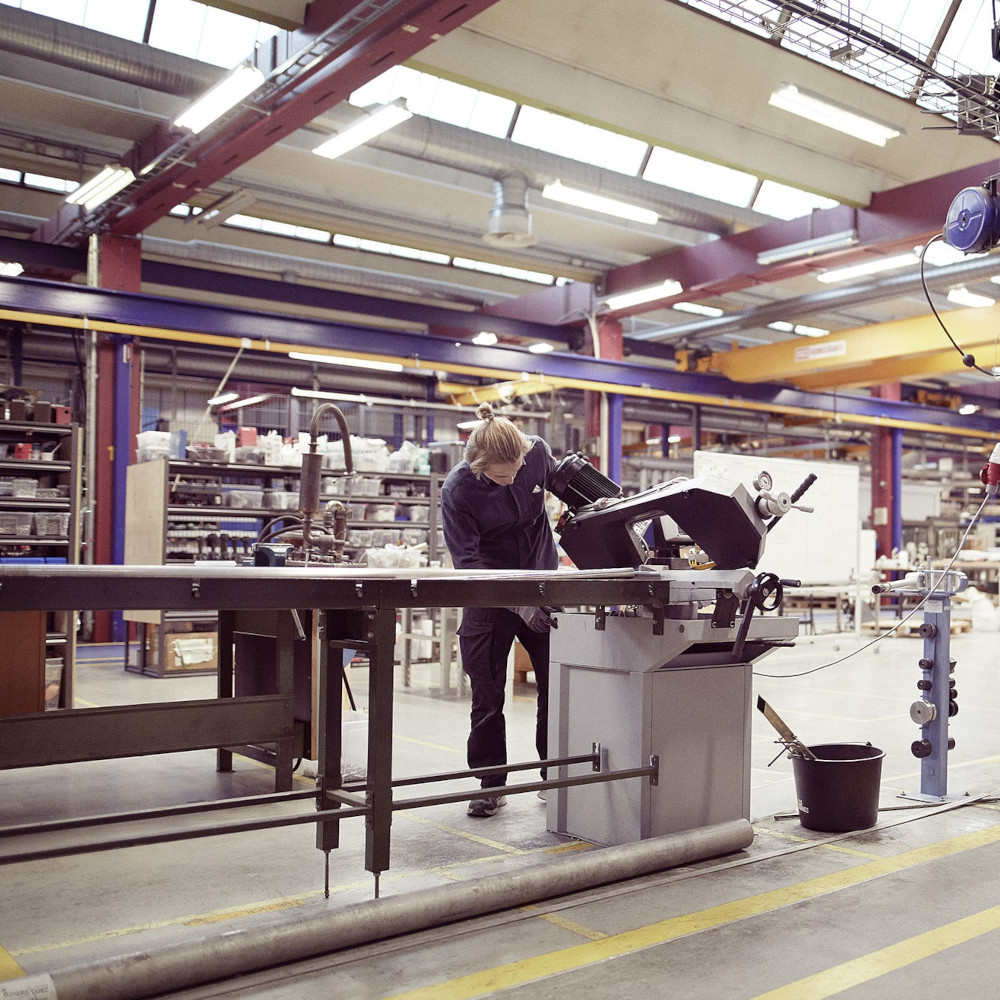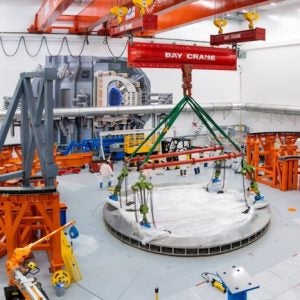 Denmark's Copenhagen Atomics has applied for its containerised small modular thorium molten salt reactor design to undergo Generic Design Assessment (GDA) in the UK.
Denmark's Copenhagen Atomics has applied for its containerised small modular thorium molten salt reactor design to undergo Generic Design Assessment (GDA) in the UK.
UK Atomics, a subsidiary of the company applied to the UK Department for Business, Energy and Industrial Strategy (BEIS) for a GDA by the Office for Nuclear Regulation (ONR) and the Environment Agency (EA). This assessment aims to assess the safety, security, and environmental protection aspects of any nuclear power plant design that is intended to be deployed in the UK.
In May 2021, BEIS opened the GDA process to advanced nuclear technologies, including small modular reactors (SMRs). Successful completion of the GDA culminates in the issue of a Design Acceptance Confirmation from the ONR and a Statement of Design Acceptability from the EA. Rolls-Royce SMR was the first vendor to submit an application for a GDA of an SMR design. Its 470 MWe pressurised water reactor design was accepted for review in March 2022. In December, GE Hitachi Nuclear Energy submitted a GDA entry application for its BWRX-300 SMR, and Holtec International has stated its intention to submit an application for its SMR-160 design.
UK Atomics molten salt reactor design uses unpressurised heavy water as a moderator, while the reactor is intended to burn nuclear waste while breeding new fuel from thorium. The company says, with an output of 100 MWt, it is small enough to allow for mass manufacturing and assembly line production.
UK Atomics CEO and co-founder Thomas Steenberg said the technology “has the added benefit of producing no greenhouse gas emissions and it does consume long-term nuclear waste from the classic nuclear industry to produce energy”. A mock-up of the reactor has been constructed at the company’s facility in Copenhagen which "will be tested to support the goal-oriented approval process".
Copenhagen Atomics claims that the reactors will be deployed by UK Atomics, which will build, own and operate a fleet of autonomous reactors, "eventually numbering in thousands". This business model, selling energy-as-a-service, will enable a cost-effective and low-risk deployment, it says. The timeline it has set for operation of its first commercial reactor is 2028. The company further claims that, with low operating costs and no capital expenditure to the customer, it projects an electricity price below £40 ($48) per MWh.
"We are removing the complexity for decision makers," said Copenhagen Atomics cofounder Thomas Jam Pedersen. "Companies fear the responsibility of operating a nuclear plant, decommissioning, and handling nuclear waste. We take care of all of that and just deliver reliable and green energy to the customer."
The company was founded in 2014 by a group of scientists and engineers meeting at Technical University of Denmark and around the greater Copenhagen area for discussions on thorium and molten salt reactors, who incorporated in 2015. The following year, the company became part of European nuclear molten salt research consortium MIMOSA.
Copenhagen Atomics currently markets some of their technologies commercially including pumped molten salt loops for use in molten salt reactor research, as well as highly purified salts for high temperature concentrated solar power, molten salt energy storage, and molten salt chemistry research.
Recently the company raised €20m ($21.2m) to accelerate the development of its thorium molten salt reactor technology. Pedersen said the funding will support its plans to have the first commercial reactors online in 2028. The company says it is planning to test a prototype in Copenhagen in 2023. However, according to the company website, it planned non-radioactive testing of its prototype in 2022 and would then identify a country to test the radioactive version in preparation for mass production on assembly lines in 2030.
According to Pederson, the company has specialised in producing molten salts, particularly fluoride salts, which are being used for early-stage testing of reactor components. Radioactive testing will not take place in Denmark, which has no state agency able to approve that sort of research. “I don’t know exactly which country will be the best for us,” he said, noting that Canada, the USA, and other European countries are all on the table.
The company notes that molten salt reactors are not a new concept as they underwent significant testing in the 1950s and 1960s at the Oak Ridge National Laboratory (ORNL) in Tennessee. Subsequent design studies in the 1970s focusing on thermal-spectrum thorium-fuelled systems established reference concepts for two major design variants, one of which was a molten salt breeder reactor with multiple configurations that could breed additional fissile material or maintain self-sustaining operation.
According to Pederson, testing stopped in part because thorium was not well-suited for weapons production. “It was, from the very get-go, far behind the investments in the uranium fuel cycle, and therefore, most people were educated in the uranium fuel cycle,” he said. However, in the late 2000s documents from the ORNL tests were released to the public. “People started to discover, ‘Oh, there’s actually something here that is quite exciting.’ Because thorium is the only element where you can make a breeder cycle, or breeder reactor, in thermal spectrum.”
While there is now renewed interest in MSR technology with numerous designs being developed in the US, Europe and Russia, there are, as yet, no projects anywhere near realisation.






